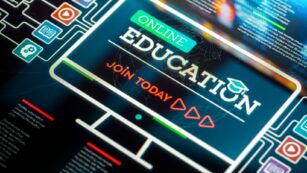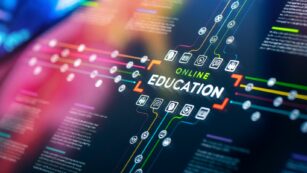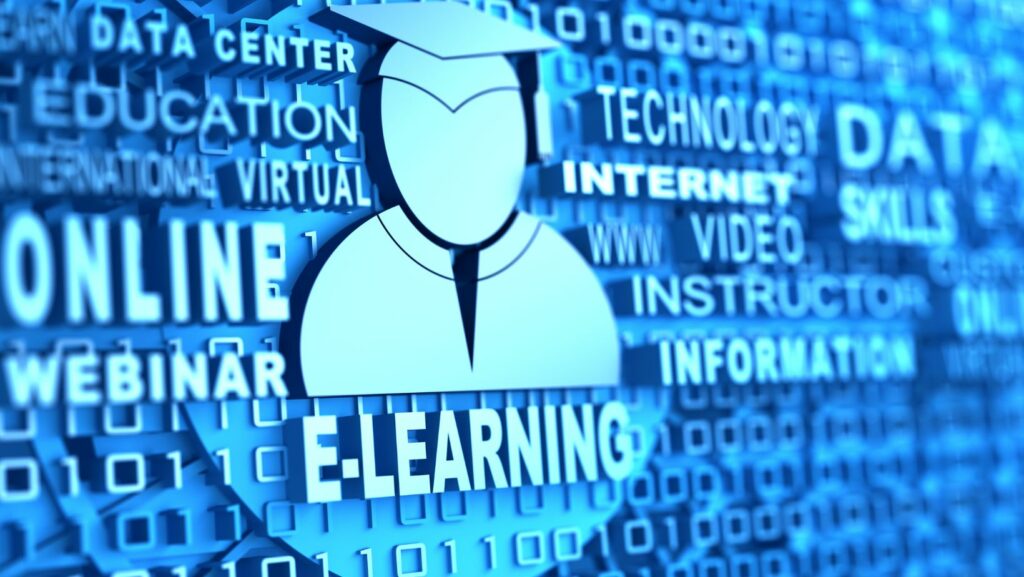In the digital age, technology’s integration into education has transformed the way students learn, offering unparalleled access to information and innovative teaching methods. However, this digital revolution has not come without its drawbacks. One significant negative effect of technology on education is the diminishing attention spans of students. As they become accustomed to the fast-paced, instant gratification of online content, their ability to focus and engage deeply with educational material is increasingly challenged.
What Is One Negative Effect Technology Has Had On Education?
The Deterioration of Critical Thinking Skills
 The proliferation of technology in education, while enriching the learning environment with dynamic resources and accessibility, presents a notable downside: the decline in critical thinking skills among students. This negative effect, significant in the digital age, calls into question the balance between the benefits and drawbacks of technological integration in educational settings.
The proliferation of technology in education, while enriching the learning environment with dynamic resources and accessibility, presents a notable downside: the decline in critical thinking skills among students. This negative effect, significant in the digital age, calls into question the balance between the benefits and drawbacks of technological integration in educational settings.
Technology’s role in delivering readily available information with a simple click has inadvertently led students to rely heavily on online content for answers, rather than engaging in deep, reflective thinking or problem-solving processes. This shift diminishes their ability to critically analyze information, evaluate diverse perspectives, and develop reasoned arguments. As a result, learners may find themselves at a disadvantage, unprepared to tackle complex problems or engage in thoughtful debate.
The instant gratification afforded by technology can also hinder students’ persistence in the face of challenging tasks. They may experience frustration or quickly abandon efforts when solutions are not immediately apparent, reflecting a dip in perseverance that is crucial for deep learning and academic achievement.
The Digital Divide and Educational Inequality
The digital divide refers to the gap between individuals who have access to modern information and communication technology and those who do not. This disparity extends into the education sector, creating significant educational inequality. As the use of technology in education becomes more prevalent, the digital divide underscores one negative effect technology has had on education, impacting student performance and access to learning resources.
Access to Necessary Technology
 Access to necessary technology is a fundamental requirement for achieving educational equity. In many regions, however, students face challenges due to a lack of access to essential technological tools such as computers, high-speed internet, and educational software. This digital divide is not just a global issue but is also prevalent within countries, affecting students in rural areas and low-income communities disproportionately.
Access to necessary technology is a fundamental requirement for achieving educational equity. In many regions, however, students face challenges due to a lack of access to essential technological tools such as computers, high-speed internet, and educational software. This digital divide is not just a global issue but is also prevalent within countries, affecting students in rural areas and low-income communities disproportionately.
The absence of necessary technology hinders students’ ability to engage with digital learning materials, complete homework, and participate in online classes. Moreover, it limits their exposure to digital literacy skills, which are crucial for success in the 21st-century workforce.
Impact on Students’ Performance
The digital divide’s impact on students’ performance is profound and multifaceted. Students lacking access to technology often fall behind their peers in academic achievement, contributing to a cycle of educational inequality. Key skills, including research, data analysis, and critical thinking, are compromised, as technology greatly facilitates their development. Furthermore, the shift towards online learning, accelerated by global events such as the COVID-19 pandemic, has exacerbated these disparities, making it even more difficult for students without reliable technology access to keep up.
Research indicates that students with limited access to technology at home are more likely to experience lower grades, decreased engagement, and higher dropout rates. These disparities extend beyond academic outcomes, affecting students’ confidence in their abilities and aspirations for higher education and future careers.
Over-reliance on Technology in Classrooms
 Over-reliance on technology in classrooms stands as a critical issue, undermining the traditional educational methodologies that foster deep understanding and critical thinking. This phenomenon not only shifts the focus from teacher-led instruction to digital solutions but also contributes to a superficial approach to learning. Students often use technology to find quick answers rather than engaging in the process of problem-solving and critical analysis. Consequently, this over-dependence discourages the development of independent thinking and research skills, limiting their ability to navigate complex problems without digital assistance. The reliance on technology for every aspect of learning inadvertently creates a barrier to effective teaching and engagement, potentially diminishing the depth of knowledge students acquire.
Over-reliance on technology in classrooms stands as a critical issue, undermining the traditional educational methodologies that foster deep understanding and critical thinking. This phenomenon not only shifts the focus from teacher-led instruction to digital solutions but also contributes to a superficial approach to learning. Students often use technology to find quick answers rather than engaging in the process of problem-solving and critical analysis. Consequently, this over-dependence discourages the development of independent thinking and research skills, limiting their ability to navigate complex problems without digital assistance. The reliance on technology for every aspect of learning inadvertently creates a barrier to effective teaching and engagement, potentially diminishing the depth of knowledge students acquire.

